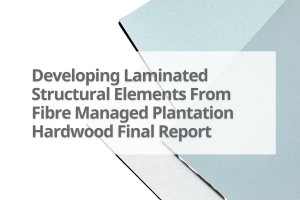Selecting the best tree for any particular location or economic situation, whether that is for sawn timber or pulp, is the key goal of the TREEPLAN software.
TREEPLAN is used for genetic evaluation of tree breeding data on an industry and species wide basis. Using advanced statistical and genetic models it can summarise simultaneously huge volumes of data from many genetics trials spread across different locations and years, taking into account the very complex interactions between genetics and environment that often mask the true nature of a tree’s potential productivity and economic properties. This results in a much better understanding of the genetic potential of a given tree and its value for use in further breeding and deployment.
The new version of the software has been extensively broadened to cover the full range of plantation species, including sub-tropical softwoods and hybrid populations. For the first time in forestry TREEPLAN has combined DNA-based molecular data with performance records of traits for growth, wood density and pulp yield to predict genetic values and the economic worth of E. nitens trees.
Since TREEPLAN was first adopted for national evaluations in 2001, the predicted marginal profit ($NPV) per hectare from using improved genetics has increased at a rate of more than $150 pa for Radiata pine and $125 pa for Blue gum, a cumulative gain over the past decade of $1500 and $1250 per hectare, respectively. The enhancements to TREEPLAN are expected to deliver an additional $10 million net present value (NPV) pa to industry through improved genetics. With broader industry adoption the gain can be as high as $25 million NPV pa.
Reference Number:
PNC076-0809



